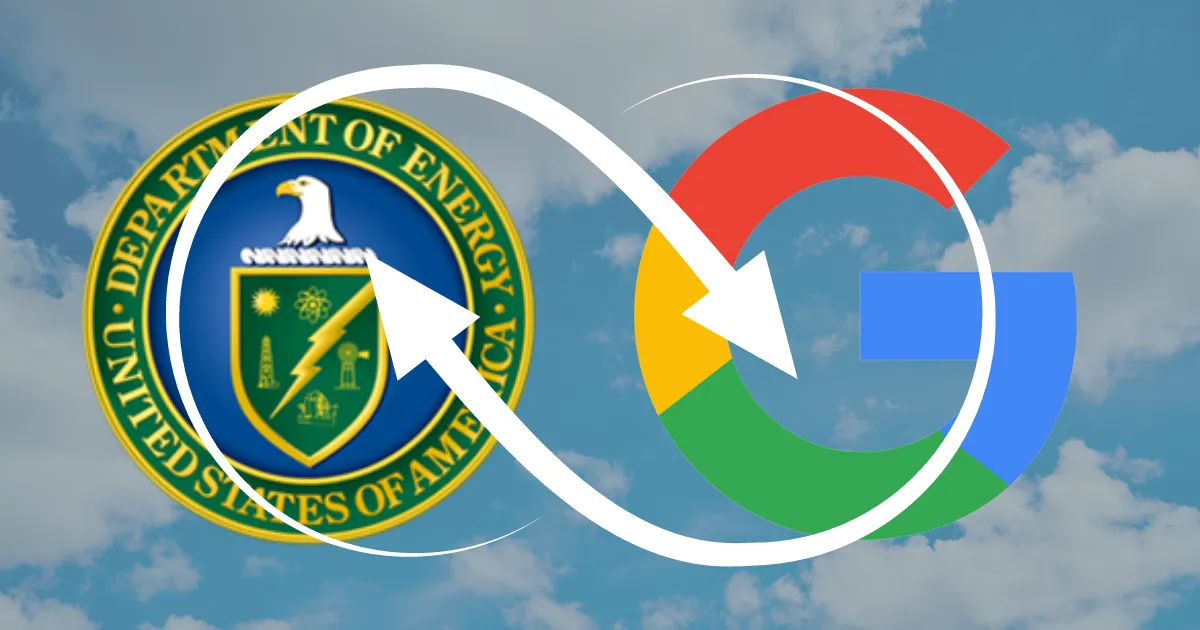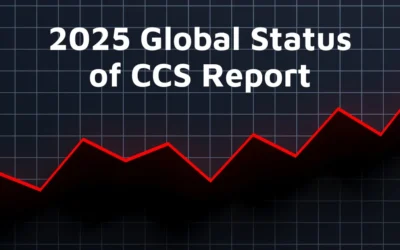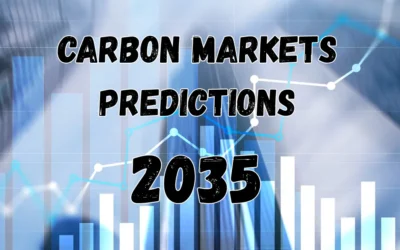The Department of Energy (DOE) and Google are taking significant strides to enhance the quality and availability of carbon dioxide removal (CDR) credits, highlighting an emerging synergy between governmental carbon offset initiatives and private sector engagement in combating climate change.
The DOE has initiated a robust program aiming to catalyze the carbon removal industry. At the heart of this initiative is the Carbon Negative Shot, introduced at COP26 in 2021, which seeks to accelerate innovation across various CDR solutions to drive down costs, improve measurement, reporting, and verification (MRV) protocols, and ensure community, workforce, and environmental benefits. This comprehensive approach includes funding science and commercial scale demonstrations, supporting small-scale prototypes, developing MRV tools and protocols, and engaging with communities. Moreover, the DOE has embarked on pioneering government-funded purchases of carbon removal credits, launching a pilot effort with a $35 million investment in the Carbon Dioxide Removal Purchase Pilot Prize. This initiative is designed to help establish market standards, encourage technological innovation, and stimulate the industry’s growth (Energy.gov) (Energy.gov) (Energy.gov).
Expanding on this, the DOE introduced the Voluntary Carbon Dioxide Removal Purchase Challenge, aiming to leverage its initial investment by encouraging organizations to make public, significant commitments to purchasing carbon removal credits. This challenge, not offering additional federal funds, instead focuses on overcoming non-financial barriers such as market transparency and the recognition of the importance of carbon removal credits. It includes a public leaderboard for tracking voluntary purchases and provides materials to aid buyers and suppliers in engaging more effectively (Energy.gov).
Google has mirrored these efforts by pledging $35 million to match the DOE’s initiative, underscoring the private sector’s vital role in this environmental cause. This commitment not only amplifies the impact of the DOE’s program but also sets a precedent for other companies to follow, fostering a collaborative approach towards achieving net-zero emissions. Google’s pledge aligns with the broader industry trend towards integrating carbon removal into corporate climate strategies, addressing both direct and value chain emissions (Blog.Google).
The carbon offset initiatives undertaken by the Department of Energy (DOE) and Google mark a significant turning point in the approach towards environmental sustainability and the utilization of carbon offset credits. These efforts are crucial for aligning with the objectives of the Paris Agreement and paving the way for future climate action. The DOE’s approach cleverly leverages the strengths of governmental resources and policy frameworks to act as a catalyst within the carbon market. This strategy not only underscores the potential of government agencies to drive significant changes but also sets a precedent for how policy can stimulate technological advancements and market readiness for carbon removal solutions.
On the other side of this equation, Google’s pledge to support carbon removal technologies with a substantial financial commitment exemplifies the powerful role that private enterprises can play in this domain. Google’s involvement serves as a testament to the fact that corporate entities are not just mere participants in the fight against climate change but can be leading figures in accelerating the adoption and scaling of carbon removal practices. This is especially pertinent in a time when the technology for carbon capture and storage continues to evolve and the need for verifiable and impactful carbon offsets grows ever more critical.
The synergetic effect of the DOE’s market-stimulating policies and Google’s investment and commitment introduces a multi-faceted approach to bolstering the carbon removal sector. This collaboration between public and private sectors is not just about funding; it’s about validating the market for carbon offsets, enhancing the credibility and transparency of carbon removal projects, and, ultimately, driving down the costs of carbon removal technologies to make them more accessible and scalable.
In essence, these initiatives embody a comprehensive strategy to invigorate the carbon removal market. They represent an intricate blend of public and private resources aimed at fostering innovation, expanding market growth, and achieving environmental sustainability. By setting rigorous standards for carbon offset credits, facilitating advancements in carbon removal technologies, and promoting the adoption of these practices across various sectors, the DOE and Google are laying the groundwork for a more sustainable future. This collaborative effort not only highlights the urgency of addressing climate change but also showcases the potential for significant environmental impact when public and private entities unite towards a common goal.
As we observe pioneering steps by institutions like the DOE and forward-thinking corporations such as Google toward realizing a carbon-neutral future, the importance of quality carbon offset credits becomes increasingly evident. In this evolving landscape, Dynamic Carbon Credits stands as a pivotal ally for businesses seeking to navigate their path to net-zero emissions.
Leveraging a deep understanding of carbon removal technologies and market dynamics, our consultancy services are tailored to align with your environmental goals and corporate strategies. Whether you’re beginning to explore carbon offset options or looking to expand your existing portfolio, Dynamic Carbon Credits offers the expertise and guidance necessary to make informed, impactful decisions. Together, we can embark on a journey toward sustainability, creating a legacy of environmental stewardship and corporate responsibility. Let’s take this crucial step towards your company’s sustainable future together. Get your carbon offset initiatives started today, schedule now.





